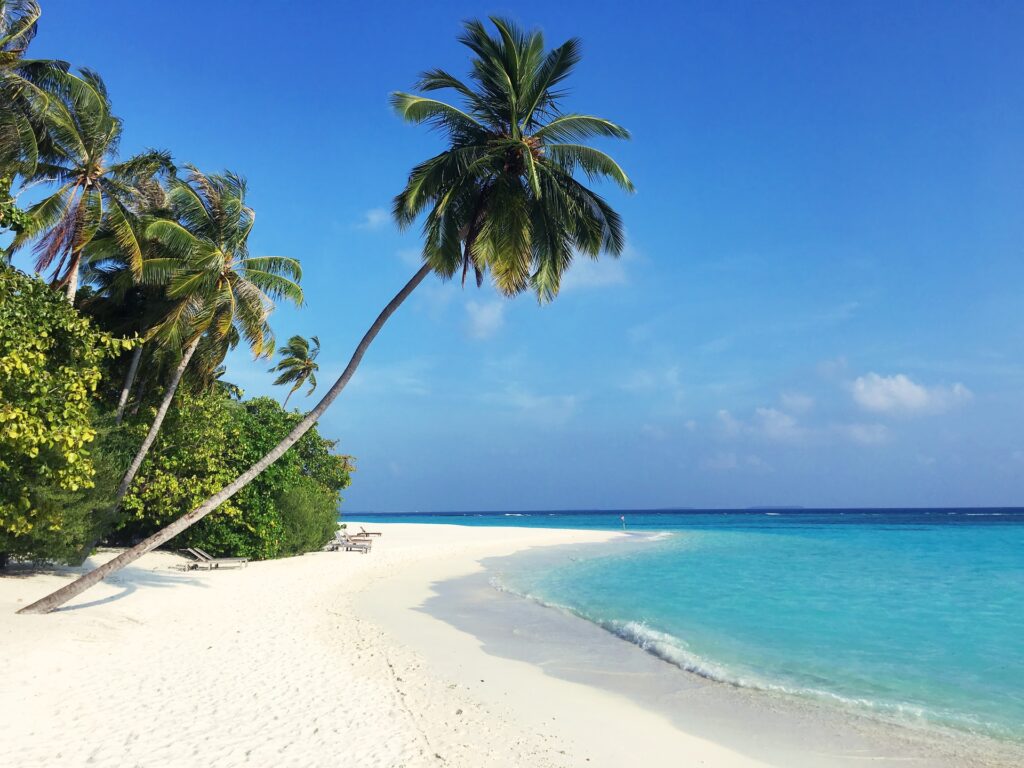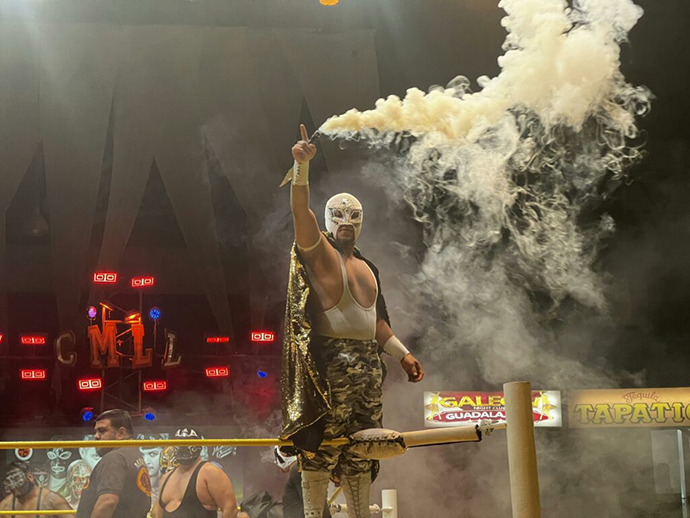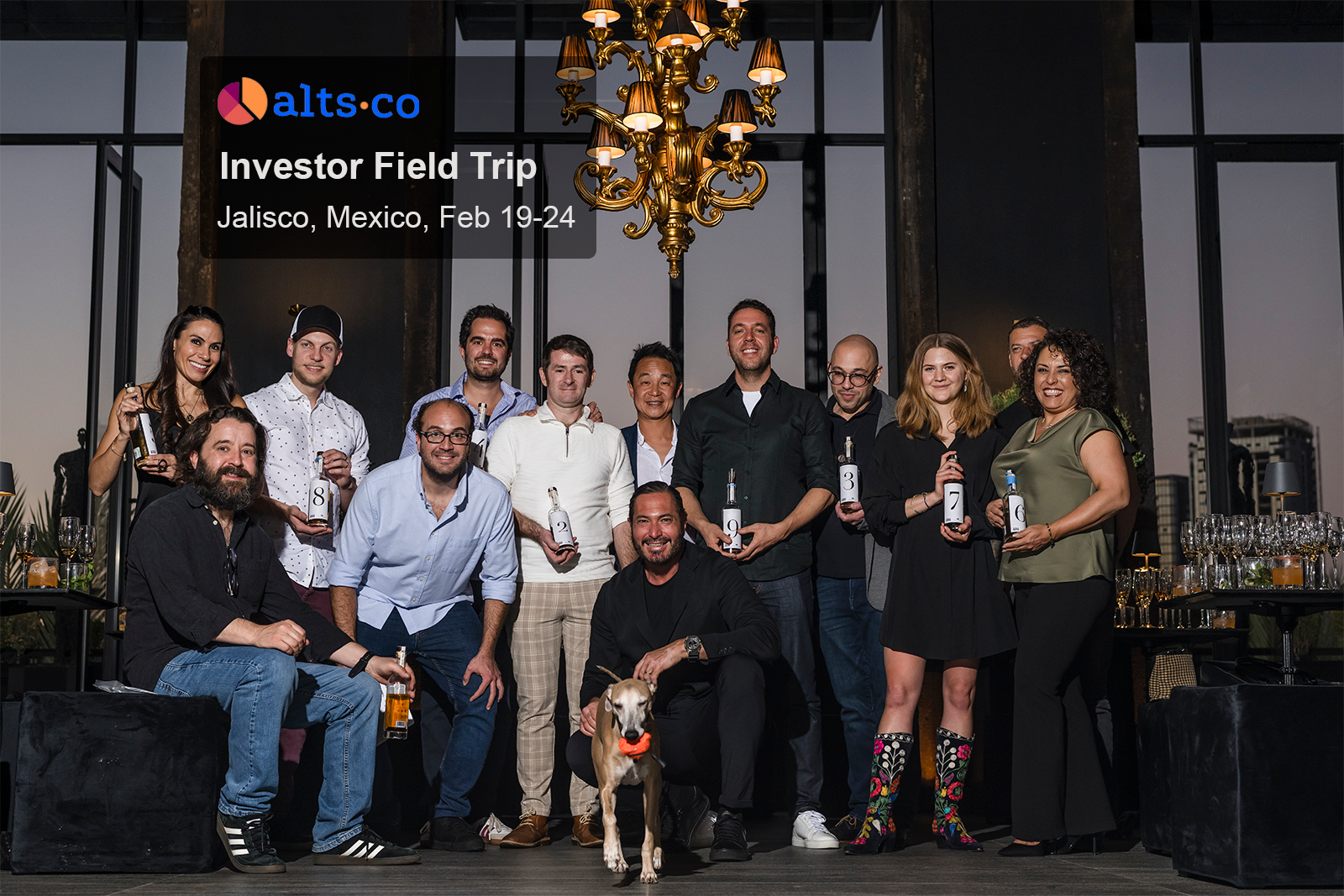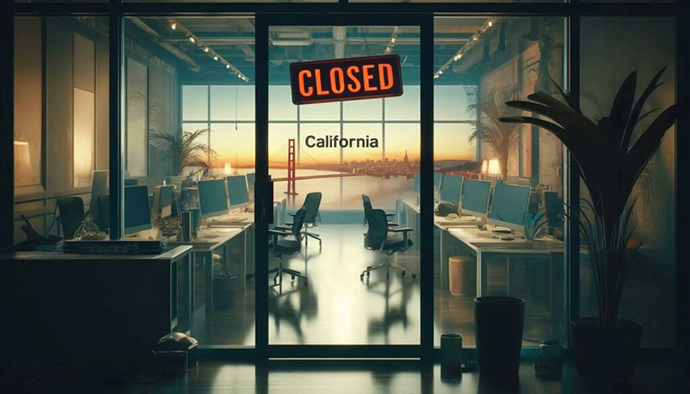It’s not for everyone, but it’s more doable than you think.
This issue is about different ways you can actually buy an island.
Perhaps it’s because we could all use an escape from the chaos of elections. Perhaps it’s due to the insufferable Kim Kardashian recently boasting about renting a private island for her 40th birthday. Or perhaps because winter is coming for the northern hemisphere.
Regardless of the exact reason, I thought it’d be fun to explore the history of buying islands, what it takes to actually buy one, how to do it, and what sort of return you can expect.
Let’s dive in!

Table of Contents
The history of buying islands
There are probably few greater status symbols than the idea of owning your own private island. It’s something everyone dreams about, but that very few people can realistically achieve.
Nobody knows exactly how many islands exist in our world, because it’s nearly impossible to define exactly what an island is. (Where do you draw the line between an “island” and a small outcropping of rocks?) Most estimates put the number of islands north of a million, the vast majority of which are under the jurisdiction of sovereign nations and even local governments. Sweden alone owns over 200,000 of them.
But there are thousands of uninhabited islands in the world that could potentially be purchased by anyone. The three main parties who buy are individual investors, cruise lines, and hotels.
Individual investors
Wealthy investors and ego-driven celebrities have been buying private islands for decades, although they’re more of a lifestyle choice than a savvy investment since the buyer pool is thin and maintenance costs are enormous. The most famous private island sale of all time is probably Richard Branson’s purchase of Necker Island in the British Virgin Islands for just £180,000 back in 1978.
The story is actually pretty crazy. According to Branson’s blog, he was trying to impress his then girlfriend, and flew down to have a look. Even though the island had an asking price of $6 million, he offered $100,000 — the highest amount he could afford. The realtor declined, but then called him back later to counter at $180,000 because nobody else had made an offer. The only condition was that Branson would need to build a resort on the island within four years, which he did.
Other famous island-buying celebrities include:
- Nicolas Cage, who owns Leaf Cay in The Bahamas (Part of The Exumas, where Billy McFarland held the infamous Fyre Festival)
- Leonardo DiCaprio, who owns Blackadore Caye in Belize, considered the greenest luxury resort ever built.
- Pamela Anderson, who owns Greece in The World Artificial Archipelago (Dubai’s man-made island chain)
- Jeffrey Epstein, who owned Little Saint James, U.S. Virgin Islands. (Let’s uhh…let’s not get into that.)
- Mel Gibson, who bought Mago Island in Fiji for $15 million
- Cristiano Ronaldo, who owns Deserta Island in Portugal
Cruise lines
Starting in the early 90s, cruise lines began outright acquiring small islands & peninsulas to build piers on & offer their customers exclusive beach experiences.
For example, Royal Caribbean owns Labadie Peninsula in Haiti (though they spell the name “Labadee” to make it easier for English-speaking passengers to pronounce ?) and Little Stirrup Cay in The Bahamas, which they turned into a mini-Disneyworld called CocoCay.
Other big buyers include Disney Cruise Lines, Norwegian, and Princess Cruises, who all own multiple island properties primarily in The Bahamas.
Hotel developers
Hotel developers are fond of buying islands, particularly in The Philippines and Indonesia — two nation archipelagos that boast over 23,000 islands between them. Southeast Asia’s real estate market is famous for being in particularly high demand by hotel developers, pushing the price per acre to among the highest in the world.
Real estate laws often restrict the ability of foreign-owned companies to buy entire islands, so hotel owners are forced to enter into complex ownership arrangements, or “lease” the land from the country for long periods of time. Thailand and Mexico are two examples of countries that require this. Mexican law prohibits foreigners from owning land within 31 miles of the coastline, and foreigners must enter into a special partnership with a Mexican bank, which holds the title in a renewable 50-year trust, though this may be changing.
How much does an island cost?
The market for private islands varies quite a bit. Prices tend to be lower in Canada and higher in The Bahamas, Europe, and Asia.
I pulled some data on high profile sales over the years to get a sense of the costs:
D’Arros Island, Seychelles
- Buyer: Liliane Bettencourt (L’Oreal heiress)
- Size: 175 acres
- Bought: In 1998 for $18 million
- Sold: In 2012 for $60 million
- Price per Acre: ~$102,000
- CAGR: 9% annual growth
Brecqhou Island, English Channel
- Buyer: David and Frederick Barclay (Who ironically have nothing to do with Barclays, but sold handbag.com for £22 million)
- Size: 1,346 acres
- Bought: In 1993 for $4.3 million
- Price per Acre: $3,194
St Phillips Island, South Carolina
- Buyer: Ted Turner (CNN founder and 2nd largest private landholder in the US)
- Size: 24,700 acres
- Bought: In 1979, a year before he launched CNN, for $2 million
- Sold: In 2019 for $4.9 million
- Price per Acre: $80 (!)
- CAGR: 2.27% annual growth
Allan Island, Washington
- Buyer: Paul Allen (Microsoft co-founder. Yes, his name is spelled differently than the island’s name)
- Size: 282 acres
- Bought: In 1992 for $13.5 million
- Sold: In 2013 for $8 million
- Price per Acre: ~$47,000
- CAGR: -2.46% annual loss
Hamilton Island, Australia (Where I had my honeymoon!)
- Buyer: Australian winemaker Bob Oatley, who developed “Hammo” into one of Australia’s most desirable holiday destinations.
- Size: 1,728 acres
- Bought: In 2003 for $200 million
- Price per Acre: ~$115,000
Lanai, Hawaii
- Buyer: Larry Ellison of Oracle. Purchased from David Murdock of Dole Foods, (whose family bought it for $1.1 million in 1922). As part of the sale, 2% of the land is owned by the Hawaiians, and Murdock retains the right to develop a 200-megawatt wind power project.
- Size: 90,000 acres (!)
- Bought: In 2012 for $300 million (!!) One of the most expensive real estate deals in history.
- Price per Acre: $3,333
As you can see, island buying is a highly emotional decision made by those with FU money, and the per acre varies like crazy. Ted Turner got the best deal at an absurdly low $80 per acre, while Paul Allen overpaid, taking a loss of $5.5 million on the sale before development costs. (Piping in power to the island reportedly cost $3 million alone.)
According to Canada ETA who tracks this stuff, the cheapest region to purchase an island is South America, where the average cost is just $1,147 per acre, whereas the most expensive is Asia at $313,765 per acre. If you’re interested, they’ve created a fun little tool that shows the average per acre costs around the world.

Problems with buying islands
Amazingly, it turns out that in terms of cost per acre, private islands are pretty much on par with regular land prices in the US.
But it’s not the sticker price that will get ya, it’s everything else. The high purchase costs are just the beginning. Islands have exorbitant development and maintenance costs. The cost to ship in materials, build, and develop the land can be astronomical — and that’s to say nothing of the externalities.
Regulatory hurdles
Buyers may need to meet environmental standards. Some governments ensure buyers follow strict guidelines, including environmental impact reviews and studies that can take years (for good reason.)
Infrastructure
People often forget that stuff like water, power, sewage, and communications don’t just happen on their own — it all has to be built from scratch. While some islands are already connected to power grid, most are not, meaning they have to generate their own power, collect their own water and treat their own sewage. And build roads and pipes and power lines to connect it all.
Construction costs go absolutely through the roof because everything has to be shipped in or flown in; usually on a barge which itself must be custom-built for the task. What might normally cost $1,000 per sq ft can easily become double that price in the blink of an eye.
Transportation
Islands in the Caribbean have the benefit relatively close to both North and South America. But if you buy an island somewhere secluded, boy are you in for a treat. You’ll need to factor in the costs of transporting all your materials and labor.
Privacy
You’d think buying your own island would guarantee ultimate privacy, right? Well, sort of. Most beachfront property extends only to the high-water mark, so anyone with a boat can show up and throw a party offshore, and there’s not much you can do about it.
How to go island hunting
So let’s say you’re ready to splurge. How would you go about finding and purchasing one? Two ways: real estate agents and island brokers.
Real estate agents
Island buying is very private by nature. Buyers and sellers are often celebrities and other high net worth individuals who take privacy extremely seriously, and don’t want word getting out about what they’re plunking down, or where on the map it’s located.
As such, a number of privacy-focused real estate companies now specialize in catering to this world.
- Incognito Properties is a British agent and property manager which handpicks island properties for discreet buyers. They do lots of business in the Greek Islands, and also deal in super prime waterfront luxury villas and boutique hotels.
- LandVest. I first discovered these folks while researching my issue on investing in farmland. They actually got started dealing in timberland (not the rapper), and now occasionally do some full island sales as well.
- Vladi Private Islands is a German company with offices in New Zealand and Canada, who specialize in islands for both sale and rent. They have hundreds of listings for sale, and the founder Farhad Vladi has sold 2,650 islands and counting over the past 50 years.
Island brokers
However, the most popular way to buy islands (or at least the company that is gobbling up the lion’s share of island-buying SEO) is a company called PrivateIslandsOnline.com.
PIO is sort of an “island broker,” and although they only got started in 1999, are now considered the top global marketplace for private island sales and rentals. They work with island owners and agents, and get access to unadvertised properties before they hit the broader market.
This the same company behind the HGTV show “Island Hunters,” which debuted in 2013 and is still going strong after 50 episodes.
They currently have a whopping 696 islands for sale, ranging in price from the $59,000 Long Caye in Belize, to Rangyai Island just off Thailand’s Phuket, which at $160 million is currently the most expensive island for sale in the world.
I had a look through all regions to see which ones had the most islands for sale.
- Canada has the most active listings at 154 islands
- The US has 151 (mainly in Florida, Maine, Michigan, and South Carolina)
- Europe has just 34 for sale
- South America has 18
- Africa is at the bottom with just 7. (This is probably less due to economic reasons, and more likely due to the fact that Africa, despite its massive size, simply doesn’t have a coastline that is conducive to the creation of islands.)
Turning an island into a business
If buying islands is an act for the ultra-wealthy, monetizing an island is mostly an exercise in renting it out to other absurdly wealthy folks. Some savvy owners not only own a slice of paradise, they’ve also turned their newfound desitnations into lucrative businesses.
Once again, Richard Branson is the perfect example of this. After buying Necker Island, he spent 3 years and $10 million dollars transforming the 74 acres into a luxury retreat. With Balinese style houses, 200 flamingos, and 60 private staff, you can stay at the resort for the cool price of $5,000 per night per person, or $77,000/night if you want to book the whole island for you and up to 29 of your friends.
Necker Island is now worth an estimated $100 million.

Fractional investing in islands?
Okay, so you may not have the dough to make this happen. But what if there was another way?
If there’s one thing you need to know about me, it’s that I am obsessed with fractional investment opportunities. I’ve written about fractional website investing, fractional farmland investing, and fractional investing in classic cars.
But just this week I got notified about yet another way to invest in islands — specifically Tasmanian Islands through a company called Birchal.
Birchal is an Australian equity crowdfunding platform, which lets you buy fractional investments in startups. Equity crowdfunding deserves its own dedicated issue (if not a couple of issues). So I won’t go into too much detail on it at this time. But suffice to say when this opportunity landed in my inbox I was intrigued.
The investment is through a company called “Tasmanian Islands,” which buys small islands around Australia and turns them into luxury escapes. They seek special tourism use approvals to build and operate wild, unique, stylish accommodations. They’ve bought 5 islands so far, and are looking to purchase more.
Because I have approximately 12 million emails in my inbox, I actually opened the email too late, missed the cutoff, and am no longer eligible to invest! They ended up raising $327,000 — 63% over their target, and the offer is now closed. Argh…
As I said, I’ll cover Birchal and other equity crowdfunding platforms in future issues. In the meantime, opportunities to buy islands are everywhere, just be sure to check your email!
How’d you like this week’s issue?












